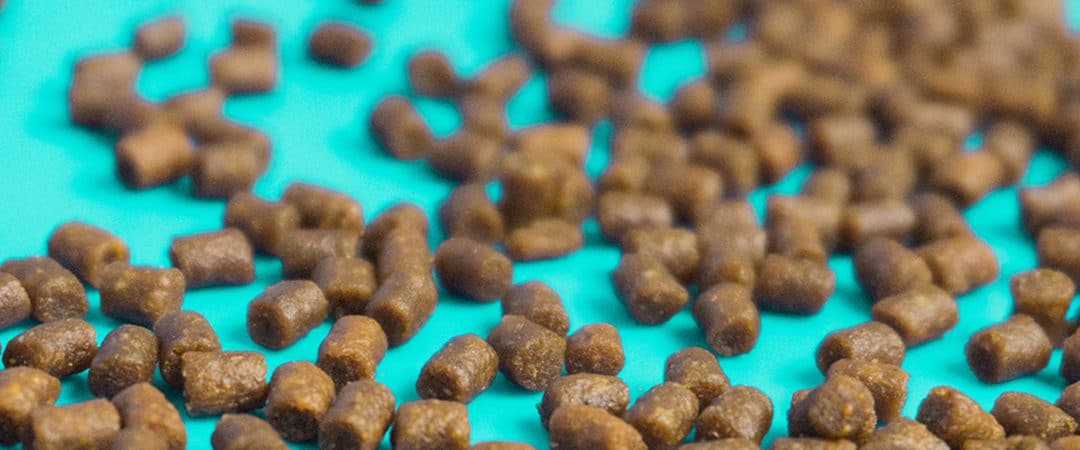
by Anika Hümbert | Nov 23, 2020 | Aquaculture
Fish feed in Aquaculture Many pet lovers and aquarists know that the same applies to animals: „You are what you eat“. Therefore, the food used in fish farming plays an important role in the end product that ends up on the consumer’s plate. In recent years,...
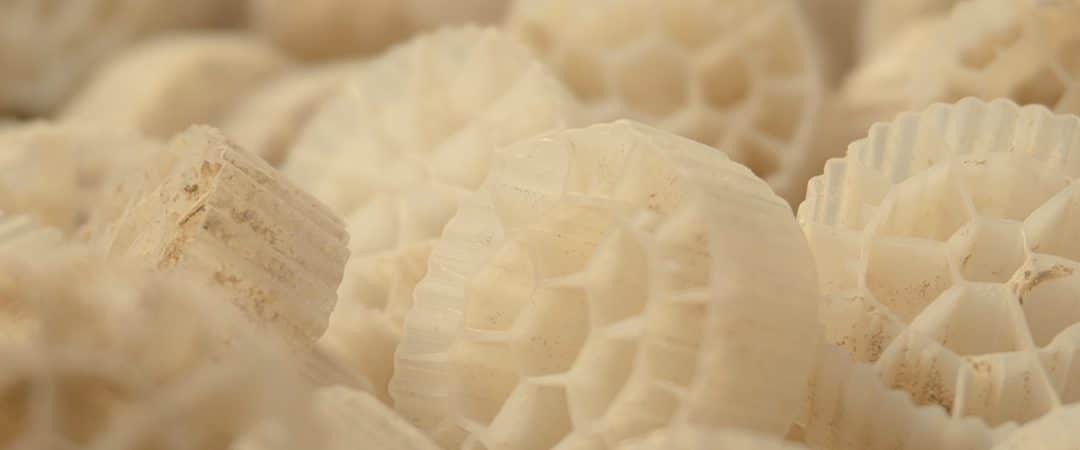
by Anika Hümbert | Nov 23, 2020 | Aquaculture
Nitrification and Denitrification In a recirculating aquaculture system, there are generally accumulating residues in the water through the animal’s excretion and through uneaten feed. One possibility to keep the water of the facility clean, is...
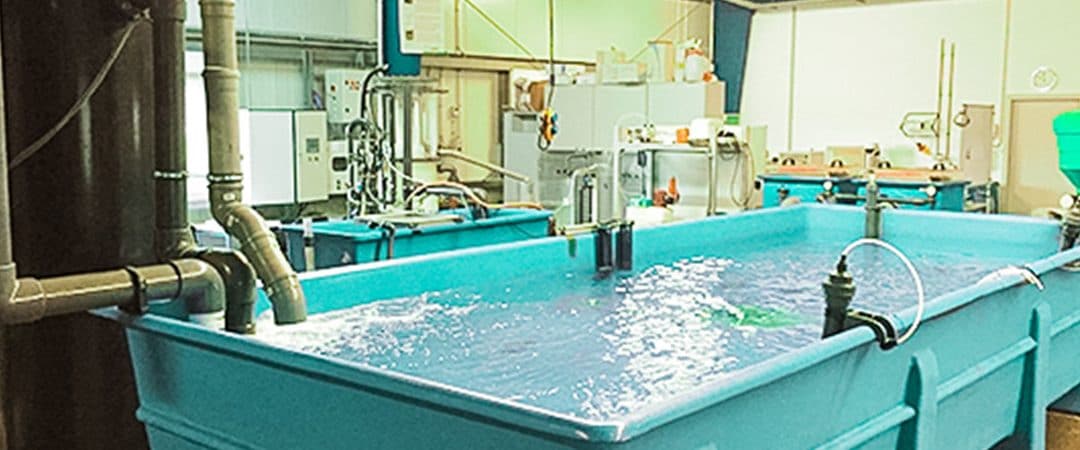
by Anika Hümbert | Nov 23, 2020 | Aquaculture
Aquaculture Recirculation Systems Besides traditional aquacultural cultivation methods like pond culture, net cages and raceways, the closed system called recirculating aquaculture system (abbr. RAS) has been established more and more during...
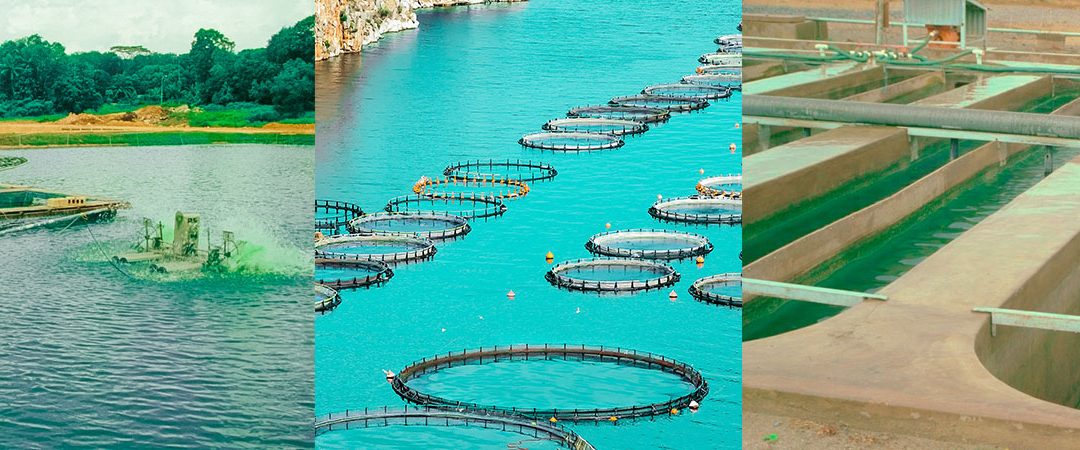
by Anika Hümbert | Nov 23, 2020 | Aquaculture
Open Aquaculture Systems The aquacultural industry is changing. One of the many reasons is the quickly increasing demand of fish. The per capita consumption has doubled within the last five decades. Traditional aquaculture from over 3000 years ago...
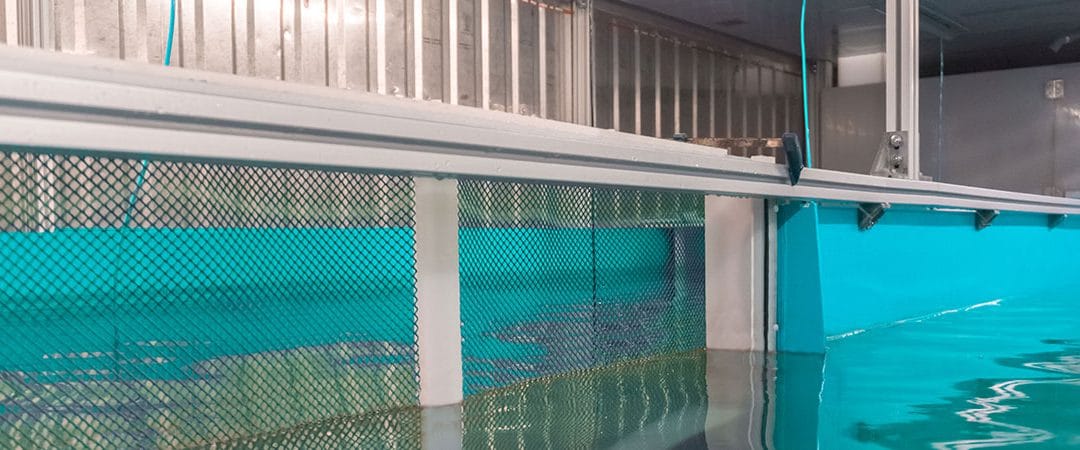
by Anika Hümbert | Nov 16, 2020 | Technology
Cohort model Already in the Middle Ages, monks divided their carp ponds into sections of different sizes. Even today, the separation of the farmed fish into so-called cohorts is still used. But what is this division actually good for? The basic...






Recent Comments